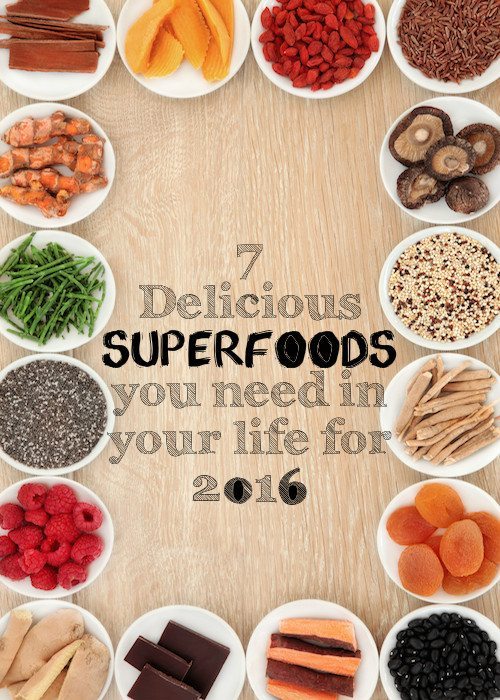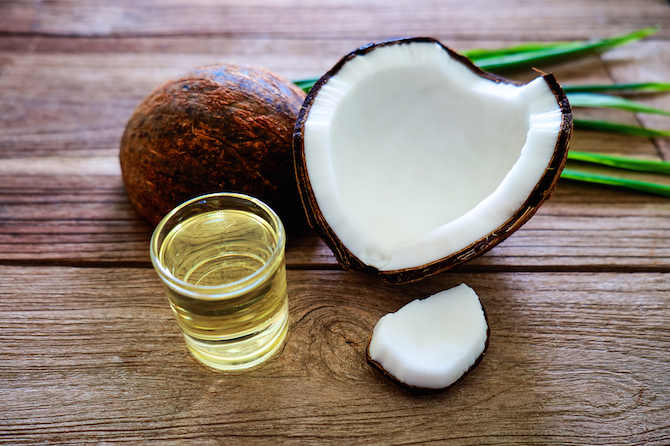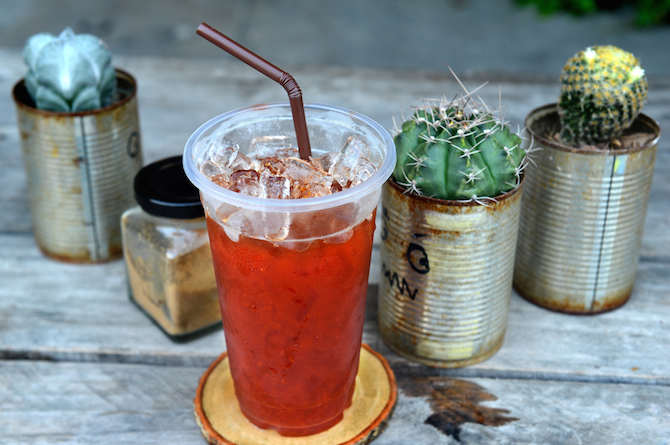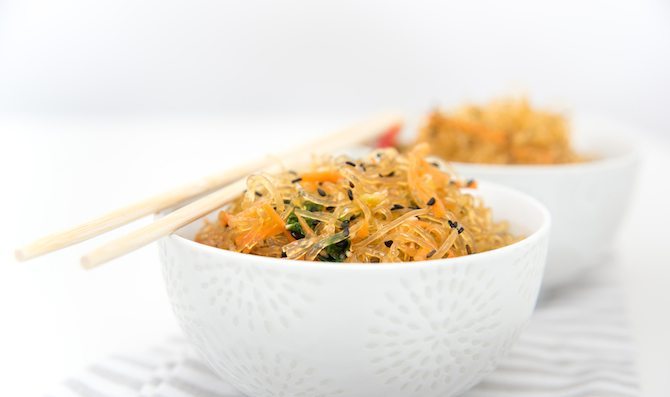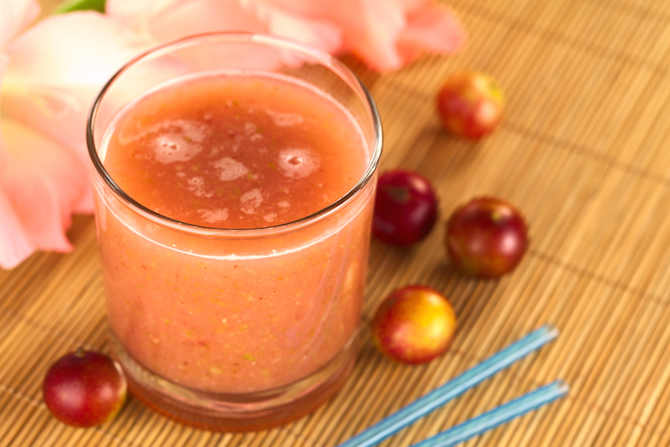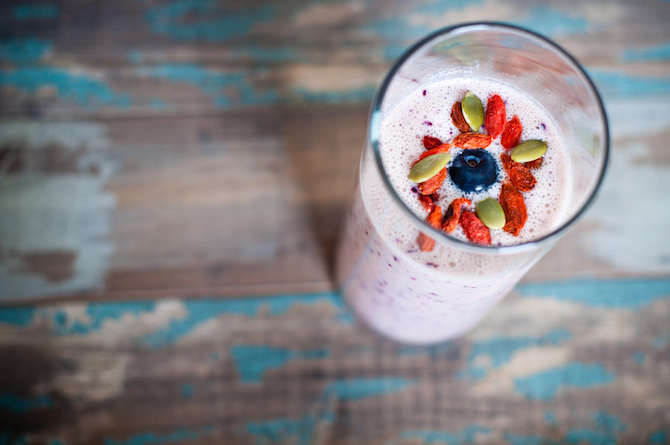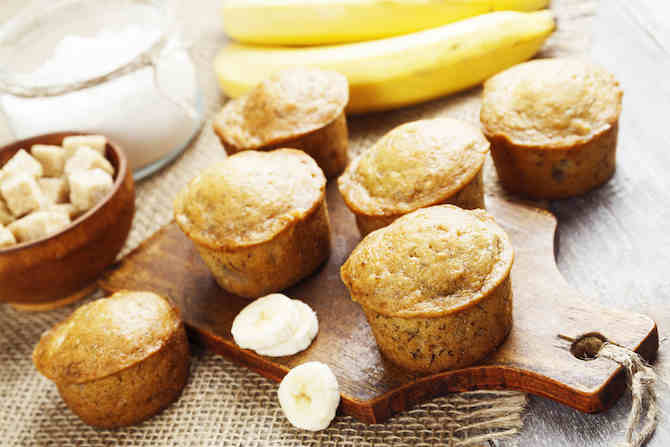Ah New Year’s Eve. How many of you are you…
7 superfoods you need in your life for 2016
What’s your new year’s resolution? Are you already feeling the urge to press the snooze button instead of hitting the gym? Or has your new low fat diet already consisted of eating a whole lot of candy? Research has found that nearly half of all Americans make New Year’s resolutions but only 8% actually achieve them. Some may vow to eat more healthily, whereas others may aim to hit the gym – whatever it is, it seems that old habits die hard and even the firmest “healthy” resolutions can crumble in the first few weeks. One of the most popular new year’s resolutions for 2015 was to stay fit and healthy and it’s likely to be the same again this year. But what if we told you there is an easy way to achieve this?
The superfood fad has been around for a while and it’s set to continue for 2016. Superfoods keep eating healthy simple. Everyone knows that vegetables are good for you but every now and again, one of these food products receives a superfood status – think kale, courgettes and broccoli. Superfoods are multi-taskers. They are brimming with various disease fighting nutrients and vitamins and the easiest way to help you stick to your new year’s resolution of keeping fit and healthy. On that note, here are 7 superfoods you need in your life for 2016:
-
Coconut oil
In 2015 coconut oil took center stage as THE superfood to include in your diet and it looks like it’s here to stay. Extracted from the meat of the fruit, coconut oil has an abundance of benefits including boosting your metabolism, strengthening your immune system and can even help brighten your teeth. Look out for it in everything from salads and smoothies to hair treatments and moisturisers. Not sure how to incorporate coconut oil into your diet? Then check out these 10 tasty coconut oil recipes.
-
Cactus water
If you’re no newbie to coconut oil and have maxed out on coconut water, you’ll be glad to know there is a new alternative. Cactus water has long been popular in some parts of America and is now the “it” drink. It is extracted from the fruit of the cactus plant and is full to the brim of antioxidants like magnesium, calcium and phosphorus. Not only that, a little added bonus is that it has less sugar and calories than most brands of coconut water and is a little fruitier too.
-
Kelp
This nutrient rich seaweed has steadily been gaining in popularity due to its superfood powers. Kelp has been shown to contain 46 minerals, 16 amino acids (the building blocks of protein) and 11 different vitamins. Prominent among the minerals are iodine, salt, iron, potassium, phosphorus and calcium. The lead vitamins in kelp are vitamin A and niacin. It’s especially concentrated in iodine, which is important for optimal thyroid function and metabolism. You can find it in Japanese restaurants or sushi bars, as well as Asian supermarkets but if you want to introduce it into your meals at home, check out these 12 delicious and healthy kelp noodle recipes.
-
Camu Camu
Brazilian superfruits like acai and cupuacu have become increasingly popular in the last year, but the latest rainforest fruit to take centre stage is camu camu. With a whopping fifty times more vitamin C than your average orange, it’s also high in iron, amino acids, antioxidants and B vitamins. It is this mix of vitamins and minerals that gives camu camu antiviral, antibacterial and anti-inflammatory benefits. Here are 10 ways to use camu camu in your diet.
-
Kefir
Rich in probiotics, kefir is the healthy bacteria to keep your digestive system well-oiled. It sits somewhere between milk and yoghurt, but excels at helping anyone with digestive issues, as it’s very low in lactose. It also packs in high levels of calcium and phosphorous. Be warned though – it does have a sharp taste to it so try adding a little bit into your morning smoothie to make it more palatable.
-
Banana flour
Need help curbing the carbs? Then look no further than banana flour. Banana flour is doing wonders at helping keep you fuller for longer. The flour, which strangely enough doesn’t actually taste of bananas, contains resistant starch, a type of carbohydrate which behaves like fibre by helping to control blood sugar levels and keeping us all fuller for longer. It’s a healthier alternative for anyone, due to its high density of resistant starch. Resistant starch isn’t as easily absorbed by the body and therefore less sugar is released into the blood. Cake anyone?
-
Dark chocolate
We don’t expect dark chocolate to leave the superfoods list anytime soon (hurray!) The health benefits are endless: the antioxidants found in dark chocolate have been found to boost heart health, fight diabetes, protect against UV damage and can even soothe stress. Who said eating healthy had to be boring?

